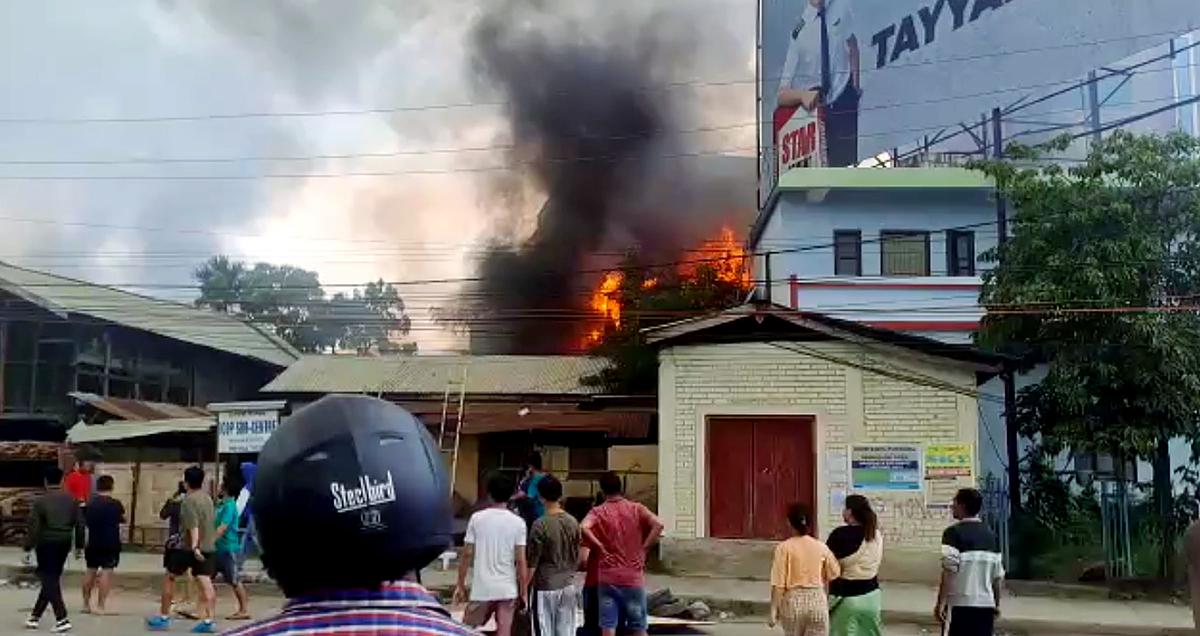By Anurag Bhaskar
India needs to move beyond tokenism of having one Dalit chief justice or two Dalit presidents, and ensure adequate representation to its Dalit and Adivasi citizens in all fields
India’s “tryst with destiny”, which Jawaharlal Nehru announced on the midnight of Independence, was supposed to bring dignity for its Dalit and Adivasi citizens. However, there have been numerous moments when this “pledge” has been undone. The suicide of Rohith Vemula, a PhD scholar from the Dalit community, five years ago on January 17, 2016, due to institutional apathy and boycott was one such moment.
Vemula was neither the first nor the last Dalit or Adivasi student forced to take such a step. The suicides of a number of Dalit and Adivasi students, including Payal Tadvi in 2019, are not just statistics, but a lived reality of constant discrimination, bullying, humiliation, abuse, and boycott.
The accounts of Dalits and Adivasi students across the country present a picture of discrimination within academic institutions by their peers, non-Dalit faculty, and authorities. These lived experiences continue to suffocate their education and life. Otherwise, Tadvi would have become the first doctor from her community in 80 years.
While such incidents have raised issues of institutional discrimination, there are constant attempts, as was also done in Vemula’s case, to evade institutional accountability by attributing these instances as being incident-specific.
This denial can no longer be accepted. Experts such as Sukhadeo Thorat have argued that if almost all those who have died by suicide in particular situations are Dalits and Adivasis, or if almost all those who fail and are expelled from higher education institutions are Dalits and Adivasis, or if most of the dropouts from elite institutions are Dalits and Adivasis, then this is not a coincidence.
It resembles a pattern of modern forms of casteism, which has got entrenched in higher educational institutions. Allotment of hostels based on entrance marks, asking for the marks of Dalit students publicly to humiliate them, making a mockery of their English and physical appearance, stigmatising them as inefficient, not acting on incidents of caste-based harassment and abuses, not providing a support system, or reducing or stopping their fellowships, are forms of modern casteism in urban spaces.
Discrimination has taken subtle and indirect forms, yet it has a direct impact on Dalits and Adivasis. It impacts their psychological well-being, dreams, aspirations, and most importantly, their ability to survive in such an environment.
Those days are gone when institutional liability would be measured on direct discrimination. If the institutions are not acting to end discrimination on campuses, then it only shows their complicity in maintaining a culture of discrimination and caste prejudices. Many of these institutions have not created mechanisms such as anti-discrimination or SC/ST cells and other remedies, as mandated by the University Grants Commission.
Furthermore, the discourse on institutional accountability cannot happen without considering the larger pattern or the reasons for such exclusionary tendencies. In pre-independent India, the hierarchies of caste were maintained by restricting the presence of Dalits and Adivasis in educational institutions and services.
When the Constitution ended this direct exclusion and ensured representation to these groups in public institutions, new forms of caste prejudices were evolved in urban spaces to dilute even the small amount of progress made by Dalits and Adivasis. This happened in two simultaneous cycles.
First, the notions of merit and efficiency were promoted to portray that students who come through quota are not meritorious at all. These mythical narratives to strengthen caste prejudices do not contain even an iota of reality, as empirical studies conducted by economists suggest that reservations do not dilute efficiency at all. In fact, according to economist Ashwini Deshpande, affirmative action in hiring might improve economic performance.
Second, the cases of atrocities, boycott, and harassment against Dalits and Adivasis have also arisen, as they asserted their presence through reservations and other schemes.
The purpose has been to maintain the status quo of caste hierarchy. Institutional discrimination in academic and professional institutions reflects this trend.
Thus, institutional accountability is linked not only with ending caste-discrimination on campuses, but also with ensuring due representation.
A moral institutional liability must, therefore, be put on the institutes of eminence, private universities and companies, media organisations, the legal profession, and the higher judiciary, where reservation is not applied. These institutions cannot avoid the question of providing representation.
They can follow the example of private institutions in the United States, which follow a voluntary affirmative action programme to provide representation. If institutions in India do not ensure representation, it only undermines their legitimacy.
India needs to move beyond the tokenism of having one Dalit chief justice or two Dalit presidents, and ensure adequate representation to its Dalit and Adivasi citizens in all fields. It needs institutional leaders who can acknowledge structural inequalities, and take actions to dismantle exclusionary mechanisms and culture.
The first step for institutional leaders thus is to check on the representation in their own institutions or offices. The burden is more on those who lead elite institutions, as excellence cannot lie in exclusion.
Vemula’s death had sparked nation-wide protests and outrage from Dalits, focused on ending caste discrimination in institutions. As we approach the fifth anniversary of the tragedy, the concerns of institutional discrimination remain unaddressed.
Anurag Bhaskar teaches at the Jindal Global Law School and is an affiliate faculty at the Harvard Law School Center on the Legal ProfessionThe views expressed are personal
Credit: Hindustan Times










